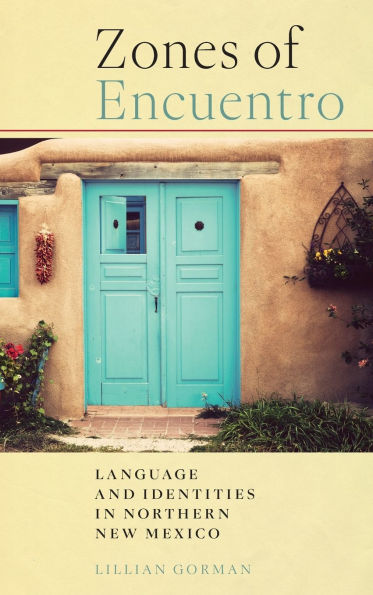Read an Excerpt
On November 5, 2005, the front page of the Albuquerque Journal reported “Tensions among Hispanic Groups Erupt in Schools.” The article described a lunchtime cafeteria fight at Capital High School in Santa Fe and explained that “school district officials [were] interpreting the clash as part of long-brewing tensions between ‘Hispanics’—northern New Mexico natives—and ‘Mexicans’ that exist in Santa Fe and other parts of New Mexico.” It further reported on efforts to resolve a feud “brewing between 25 girls whose families were native to Santa Fe and others whose families were from Mexico” at a Santa Fe middle school. The article discussed statewide opinions regarding immigration and reported on focus groups in which “native Hispanics express concern about Spanish-speaking immigrants taxing the resources of the school system with their special needs and requirements, particularly language-barrier issues.” Given the context of conflict depicted in the article, Mari Luci Jaramillo’s “bicultural home” described in the epigraph above stands in contrast to these contentious encounters. Nevertheless, Jaramillo’s experience speaks to a history of Mexican immigrant and New Mexican Hispanic interactions from more than sixty years ago and represents an understudied archive of Mexicano-Nuevomexicano relationships in northern New Mexico.
Discussions around internal differences within the New Mexico Hispanic or Latino/a/x population have been largely absent in previous research and in demographic accounts of the state’s population. Both the 2010 and 2020 US Census numbers reflect a majority Hispanic or Latino/a/x population in the state of New Mexico. The Albuquerque Journal’s August 12, 2021, headline reports that “At Nearly Half the Population, New Mexico Still Most Latino State.” With 47.7 percent of the state’s population claiming Latino/a/x or Hispanic ethnicity, Latinos/as/xs or Hispanics in the state outnumber all other ethnic groups. These demographics have remained relatively constant throughout New Mexico’s existence as a state. Yet, these numbers do not highlight the specificities within the Latino/a/x population of New Mexico. Very little research on New Mexico has acknowledged the heterogeneity within the state’s Latina/o/x communities, and no research has addressed mixed Latino/a/x families and their children in northern New Mexico. Zones of Encuentro takes an in-depth look at the cultural and linguistic interactions between two distinct Latina/o/x communities in northern New Mexico: Nuevomexicanos/as/xs and first-generation Mexicano/a/x immigrants. The Albuquerque Journal article refers to these two groups as “Hispanics” or “native Hispanics” and “Mexicans,” while Mari Luci Jaramillo describes these groups as "Mexican" and "Spanish." In Zones of Encuentro, I denote these populations by employing the terms “Mexicano/a/x” to describe first-generation immigrant populations from Mexico and “Nuevomexicano/a/x” for the Hispanic population in northern New Mexico who traces its presence in northern New Mexico back to Spanish colonial times, before Mexican independence. My use of the “o/a/x” accounts for gender inclusivity and nonbinary gender identities. I also use the term “Mexicano-Nuevomexicano” to describe the mixed family units that are the focus of this study and to refer to the context of these interactions in general.



